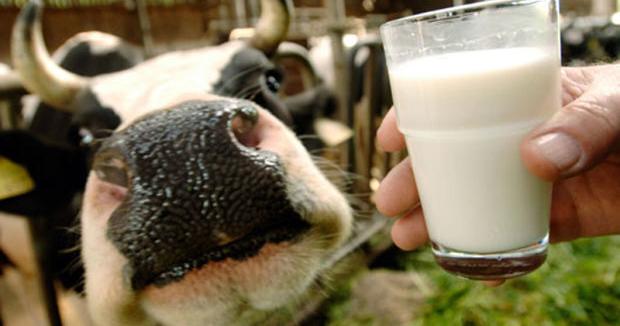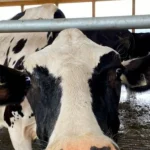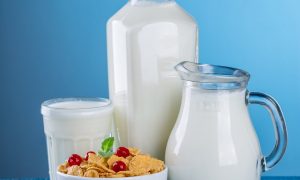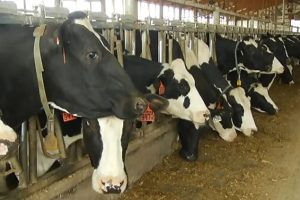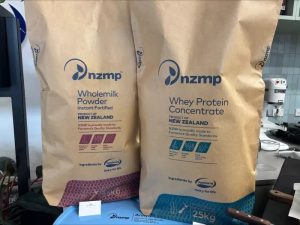
The USDA’s current price forecast for 2022 is over $ 20 for all milk ($ 20.25 per Hundredweight), with average Class IV and Class III prices well behind $ 18.70 and $ 17.75, respectively. ..
If realized, the price increases for the three milk categories will range from 80 cents to $ 2.70 per hand redweight, which exceeds USDA’s November 2021 estimate.
Dan Basse, president of Chicago’s AgResource Company, recently said at the annual Agricultural Bankers Conference, “There’s a reason dairy products are finally getting better.” “It took eight years to get back to 2014 (if the price of milk exceeds $ 20).”
Basse estimates that class III and IV milk prices could reach $ 21 to $ 23 next year due to surges in demand, reduced supply, and possible inflationary pressures.
In the long run, the European Union’s proposed agricultural policy shift could shift the EU market from a net exporter of dairy products to a net importer.
“Global demand for dairy products remains strong,” Basse said. “I believe exports are the driving force behind the bulls of the future.”
The United States exported a record high of 16% of milk solids produced nationwide in 2020. And this year’s January-September exports have outpaced last year’s record pace by 14%.
“For 2022, dairy exports will be a record year,” said Basse. “One of the bigger buyers is China. They use a lot of whey as a milk replacer for piglets.”
The number of dairy cows in the United States increased by 2% from 2020 to July 2021 to 9.5 million. However, Mr. Basse believes that the strength of the beef market could also reduce the annual total, resulting in a 14% increase in slaughter.
“The slaughter of US dairy cows has increased. Cal prices are skyrocketing,” he said. “This is a great margin enhancer for dairy products.”
But how does price inflation affect demand for dairy and beef?
“Inflation won’t leave us right away. I think it will take at least the next 12-18 months,” analysts said. “There are no signs of protein switching. Global demand for dairy products remains strong.”
This includes a surge in demand for cheese and butter, with global butter demand growing at a 7% clip.
“The supply of butter in the United States is sufficient. Now is the time to export,” Basse said. “World butter prices are rising.”
Price inflation is also one of the biggest risks for the dairy industry towards 2022, and feed costs are approaching historically highs.
“We are bullish on the milk market, but my biggest concern is the price of feed. It may be the Achilles heel of the dairy industry,” Basse said. “That’s how you manage your risk. Make sure you have a profitable margin.”
Potential growth in the dairy industry can also be squeezed by dealing with bottlenecks.
“We have almost reached maximum (milk processing) capacity,” Basse said. “We need more capital and investment.”
Overall, Basse believes that farmers are in the midst of a commodity supercycle that can last a couple of years.
This story was distributed through a joint project between the Illinois Department of Agriculture and the Illinois Press Association.
